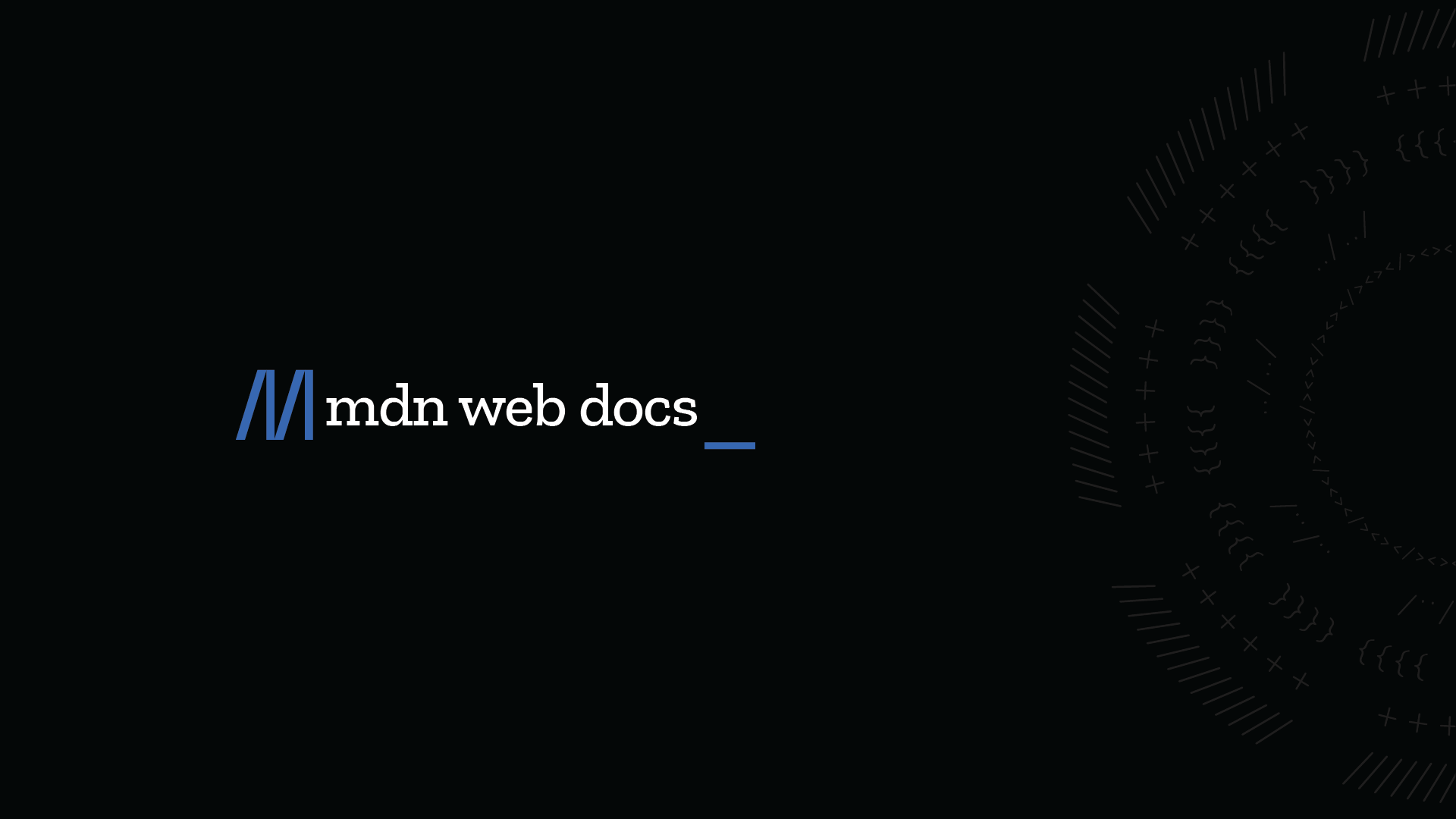Hey,
I need help with logging into a website now. I have been downloading a file online for awhile now and figured I could just code the action to save the time. Now this month the website has put the files behind a user account. I have a username but I'm not sure how to pass that info through the code to have it login and download the file.
I have used Chilkat to make the downloading easier and a few login examples with zero success. Does anyone know how to pass the correct username through Chilkat or have used a different method to get through the login part?
Any help would be very much appreciated!
~~ Update ~~
I use to go to the spot on the website that had the files I needed and download them from there. I saw the URL that triggered the download and took that link and just used that to download the files I needed and called it a day. Now they restricted the website more and need to have an account to download the files. They have a website and a login spot and you put in your username and password and then go to where the files are located and just click on them to download and save them to where needed.
IDK what the code should be that would take care of the username and password part so I can go back to downloading with my code again.
I need help with logging into a website now. I have been downloading a file online for awhile now and figured I could just code the action to save the time. Now this month the website has put the files behind a user account. I have a username but I'm not sure how to pass that info through the code to have it login and download the file.
I have used Chilkat to make the downloading easier and a few login examples with zero success. Does anyone know how to pass the correct username through Chilkat or have used a different method to get through the login part?
Any help would be very much appreciated!
Code:
loHttp = CREATEOBJECT('Chilkat_9_5_0.Http')
loHttp.BasicAuth = 1
loHttp.Login = "foo"
loHttp.Password = "bar"
lnSuccess = loHttp.Download( lcUrlLoc , lcFileSave )
IF (lnSuccess <> 1) THEN
? loHttp.LastErrorText
ENDIF~~ Update ~~
I use to go to the spot on the website that had the files I needed and download them from there. I saw the URL that triggered the download and took that link and just used that to download the files I needed and called it a day. Now they restricted the website more and need to have an account to download the files. They have a website and a login spot and you put in your username and password and then go to where the files are located and just click on them to download and save them to where needed.
IDK what the code should be that would take care of the username and password part so I can go back to downloading with my code again.
Last edited:

